Most Popular 5 Different Types of PLC Programming Languages
What is PLC? How does it work? 100% Complete Guide.Today we are going to see different types of PLC programming languages. What are the most common PLC programming languages that often used most among the programmers?
Five different types of PLC Programming Languages
There are five types of PLC Programming languages all are part of IEC(International Electrotechnical Commission) 61131-3 International Standard. According to this standard, The five types of different PLC Programming Languages are:
- Ladder Diagram(LD)
- Function Block Diagram(FBD)
- Structured Text(ST)
- Instruction List(IL)
- Sequential Function Chart(SFC)
These are all the five different types of PLC programming languages but among all of them, Ladder Diagram(LD) is the most popular PLC programming language.
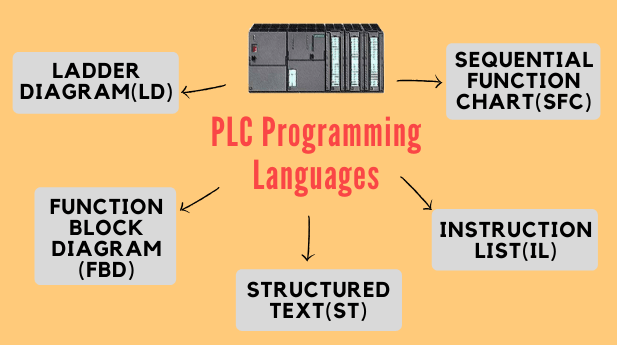
Different Types of PLC Programming Languages
Let’s see all these languages in detail one by one.
1) Ladder Diagram(LD)
A ladder diagram is usually called a “Ladder Logic”, this represents a program by a graphical diagram.
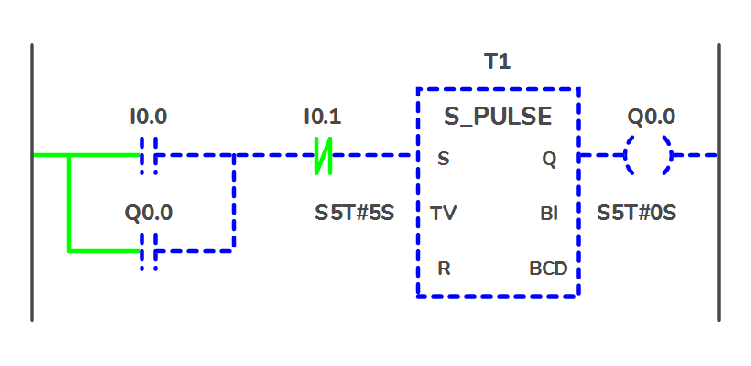
This looks like relay racks, each device in the relay rack would be represented by a symbol on the ladder diagram.
The name ladder diagram is based on the programming language pattern similar to a ladder, with two vertical rails that shows electrical connection among a series of horizontal rungs between them.
Advantages of Ladder Diagram(LD):
- Easy to learn, understand and follow
- More reliable than electronic circuit controller
- A most convenient way to represent the discrete logic
- Easy to fault diagnose
2) Function Block Diagram(FBD)
Function Block Diagram(FBD) is another PLC programming language that is a popular one and looks like a graphical type like a Ladder Diagram(LD).
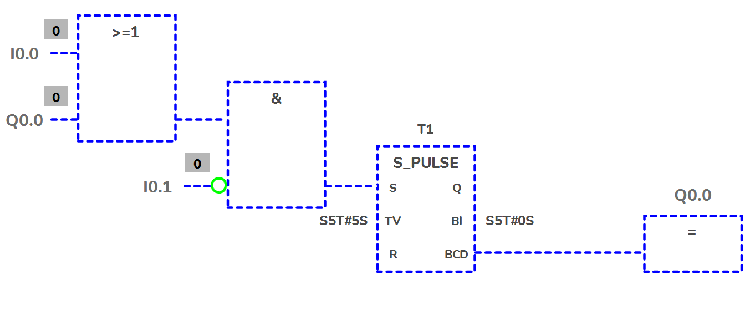
In Function Block Diagram inputs and outputs are connected in blocks by connection lines.
Function blocks are mainly used to do repetitive tasks like starters, closed-loop control, PID loops, etc.
Advantages of Function Block Diagram(FBD):
- Easier because of a graphical representation method
- One block consists of several lines of logic which is like a repetitive task
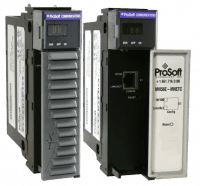
The mnemonic codes like LD, AND, OR, A, etc. are used in this PLC programming language. Sometimes it is easy to remember the code while using this programming language.
Advantages of Instruction List(IL):
- High Execution Speed.
- Less Memory Consumption as compared to other PLC programming languages.
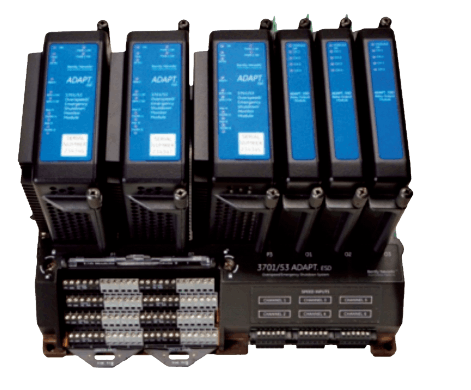
5) Sequential Function Chart(SFC)
Sequential Function Chart(SFC) is also a graphical programming language that is similar to a flow chart like logic.
In this PLC programming language, the program is divided into steps that act as a major role.
Steps consist of an action that occurs when a programmer wants them to happen. Steps can be active or inactive.
Transitions are the instructions that are used to move the program from one step to another.
Advantages of Sequential Function Chart(SFC)
- Easy to understand overall program control.
- Easy to design and modify logic due to repeated instructions.
Final Thoughts
This is all the basic information about different types of PLC programming languages.
As per most of the programmers and users of PLC, Ladder Diagram is the most popular and used PLC programming language due to its easy understanding and similarity to relay logic.
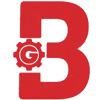
BG Automation
Contact Us for Inquiries & Needs
If you have any questions or needs, please feel free to leave a message. Our customer service is online 24 hours a day, and we look forward to serving you.

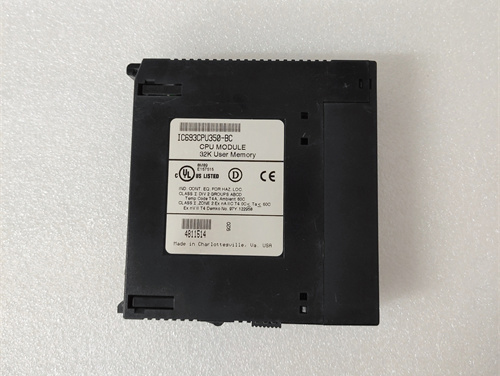
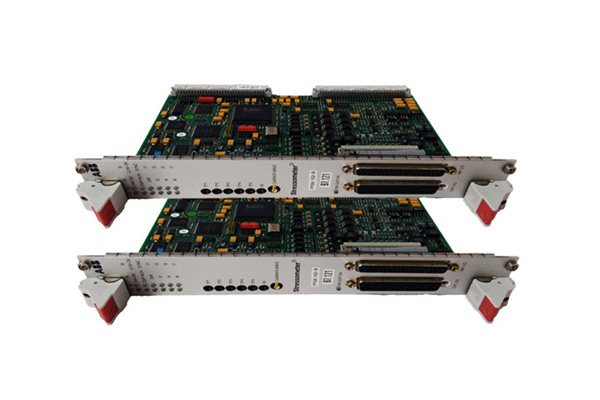
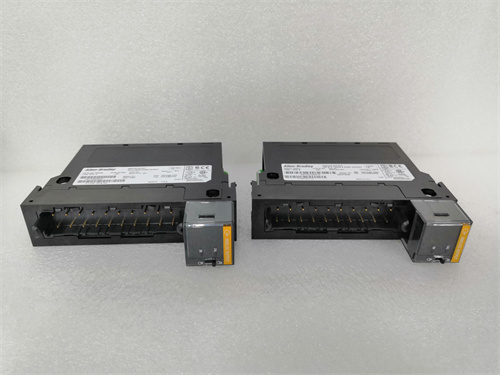
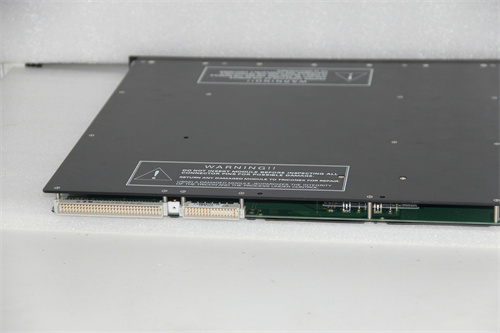
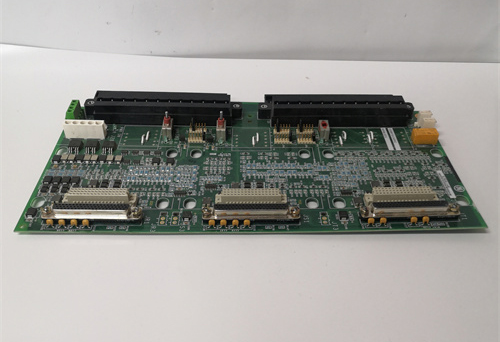
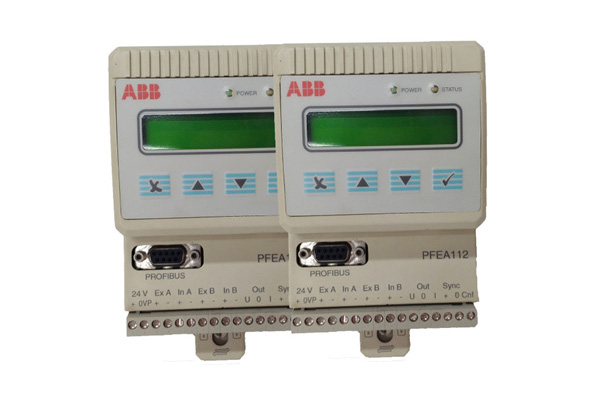
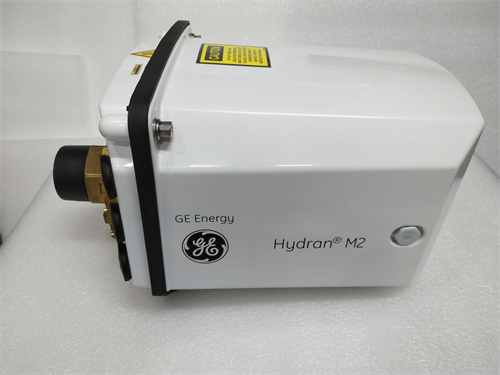
There are no comments yet. Come and post a comment!